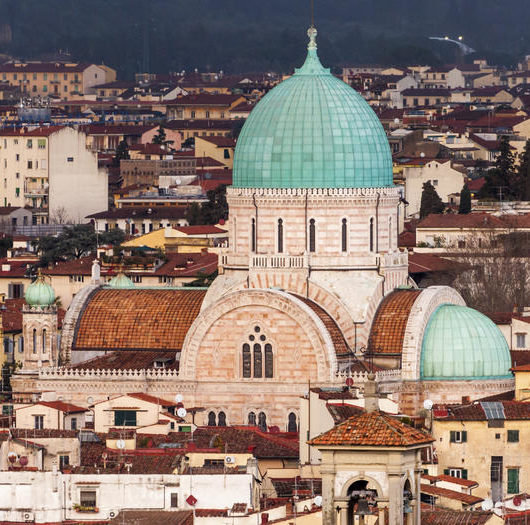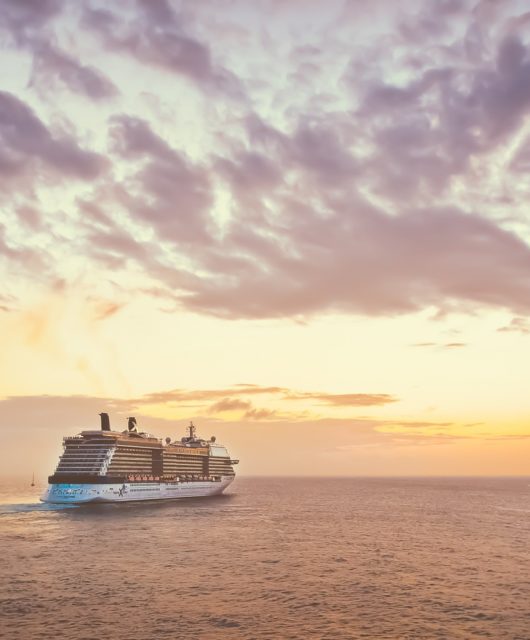Moscow’s Master of Sculpture
The history of art in Russia is woven into the life one particular artist, who managed to tricky feat of building an artistic career under Communism that has survived and prospered since. Zurab Tsereteli is known for his huge works of sculpture, which have been gifted around the world , enhancing not just Tsereteli’s reputation, but the reputation of Russian art as a whole. He’s also the President of the Russian Academy of Arts and is the driving force behind Moscow’s Museum of Modern Art, an institution which doesn’t just keep up with the cutting edge of the art world, but maintains a vital part of the history of Russian dissenting art under Communism.
Table of Contents
Big Projects
Tsereteli’s adventurous career has been characterised by projects that are big both in terms of actual size and of conceptual scope. One of his most enduring early projects was to produce a series of artistic, sculptural bus stops across the Soviet Union.
Using mosaic techniques, he created a series of unique installations that mixed artistic beauty and the everyday functionality of the daily commute across the USSR. When you see them – whether in person or as photographs, they’re a surprise. We associate the USSR with grim utilitarianism but these bus stops are almost psychedelic splashes of colour. Surreally shaped like seashells and coloured like seashells, they’re decorated with mosaics resembling mediaeval romances.
They’re out of place in their landscape and in our view of Soviet art: they’re a fascinating artefact of an ill-remembered time, and well worth seeing.
International Reputation
At the latter end of the Soviet period and after the fall of the Iron Curtain, Tsereteli’s international reputation has been shored up with the creation and gifting of some monument-sized sculptures around the world. You can see his work in public parks, and streets, and university campuses around the world, but especially in the UK and US, which has helped to maintain the reputation of Russian art at times when tensions between East and West have been high.
You can find ‘Break the Wall of Distrust’ on Cannon Street in Central London. Created in 1990, the theme of this piece is obvious, and is one of the turning points in Tsereteli’s work, as he became more influenced by world political events.
Perhaps his most famous piece is ‘To The Struggle Against World Terrorism’ which commemorates the victims of the 9/11 attacks on the World Trade Centre and Pentagon in America. Gifted to America, it stands in New Jersey.
Museum
Now an elder statesman of the art world in any country, Tsereteli’s reputation is assured by Moscow’s Museum of Modern Art which he created and continues to drive forward.










